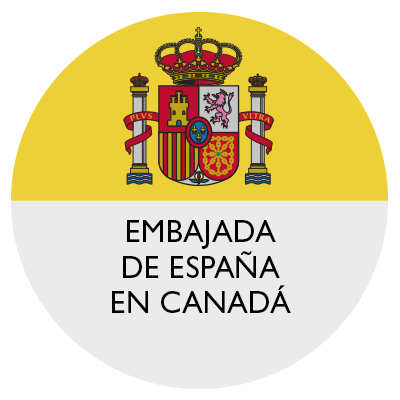Postcards about Rationing
On 14 May 1939, the triumphant New State announced the establishment of a food rationing system (to which these two postcards gently refer), which would last until 1952. Despite Franco’s promises to provide “white bread” and ensure that no home was left “without firewood,” corruption, inefficiency, and a sheer lack of concern for the poorest led to an unprecedented famine during the1940s, especially between 1941 and 1942. This famine had no parallel in contemporary Western Europe during peacetime. It is estimated that up to 200,000 people may have died throughout the decade from starvation and related diseases such as typhus, tuberculosis, and malaria.
It didn’t have to be this way. During the Civil War, the Republican zone experienced severe food shortages and even famine in major cities, leading to the deaths of thousands. In contrast, in the rebel zone, with its smaller population and greater agricultural production, food was more abundant. However, there were early warning signs that should have alarmed the authorities.
In August 1937, the Francoist side established the National Wheat Service, which was designed to stockpile grain production by paying farmers a reasonable price. However, in an effort to maintain prices, it also restricted the amount of land cultivated for cereals. This decision would prove disastrous when, after winning the war, the regime faced the challenge of feeding millions more Spaniards. Shortages and a thriving black market quickly followed.
In response to this problem, the dictatorship focused on controlling the supply of most foodstuffs. Producers quickly realized they could make more money by selling their goods on the black market (known as estraperlo). This worsened shortages and drove prices even higher, triggering an inflationary spiral that reduced the purchasing power of workers’ wages to between a third to less than half of their 1936 levels.
Rationing should have helped prevent people from starving—but it didn’t. The official level of rations provided less than half of the proteins and vitamins necessary to sustain the human body, but what was actually distributed, and supposedly available for consumers to buy at reduced prices, was often less than not had been promised. Food was not scarce. The problem was that the poor simply could not afford the prices of the free market or the black market, and that is why they starved. Officials and merchants would divert goods or replace them with lower-quality products before distribution. Meanwhile, the major black marketeers, often well-connected to the authorities, amassed fortunes. The Fiscalía de Tasas, the agency tasked with cracking down on smuggling, only targeted small-time operators—often women trying to save their families from disaster.







